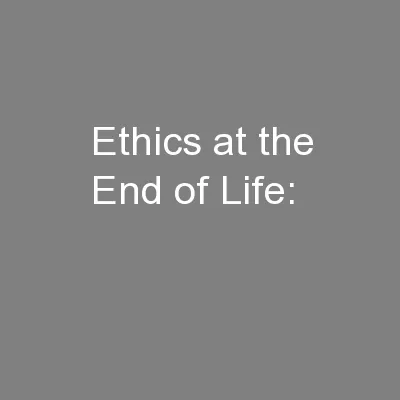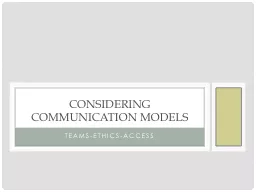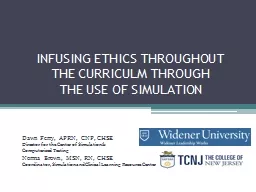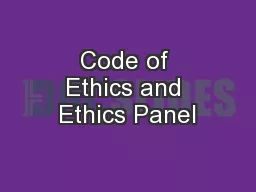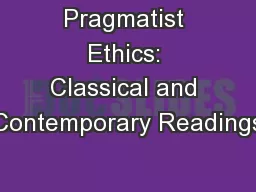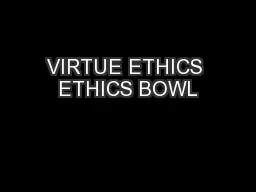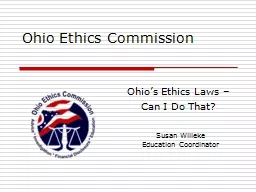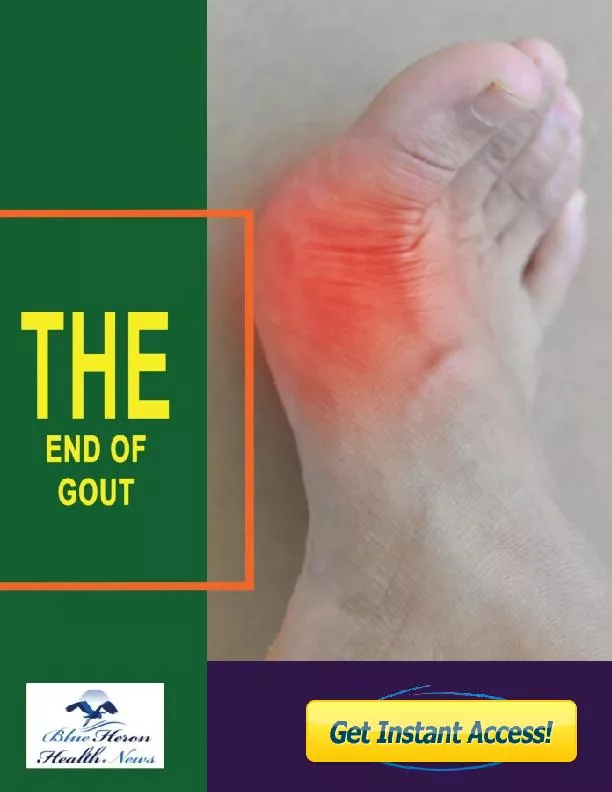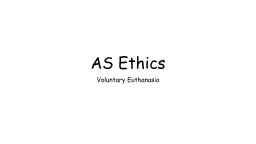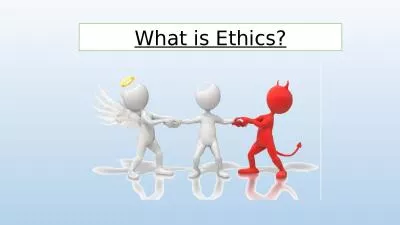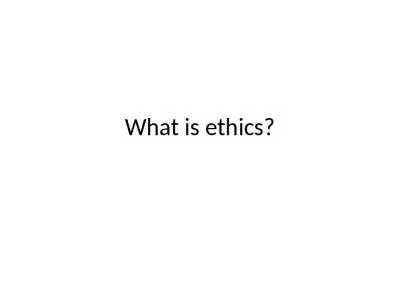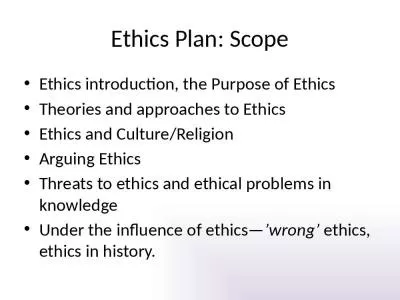PPT-Ethics at the End of Life:
Author : min-jolicoeur | Published Date : 2016-05-09
Understanding Conflict amp Seeking Resolution Rachelle Barina MTS PhDc Gateway Alliance Conference August 6 2015 9am 1230pm I hope the next three hours will
Presentation Embed Code
Download Presentation
Download Presentation The PPT/PDF document "Ethics at the End of Life:" is the property of its rightful owner. Permission is granted to download and print the materials on this website for personal, non-commercial use only, and to display it on your personal computer provided you do not modify the materials and that you retain all copyright notices contained in the materials. By downloading content from our website, you accept the terms of this agreement.
Ethics at the End of Life:: Transcript
Download Rules Of Document
"Ethics at the End of Life:"The content belongs to its owner. You may download and print it for personal use, without modification, and keep all copyright notices. By downloading, you agree to these terms.
Related Documents

